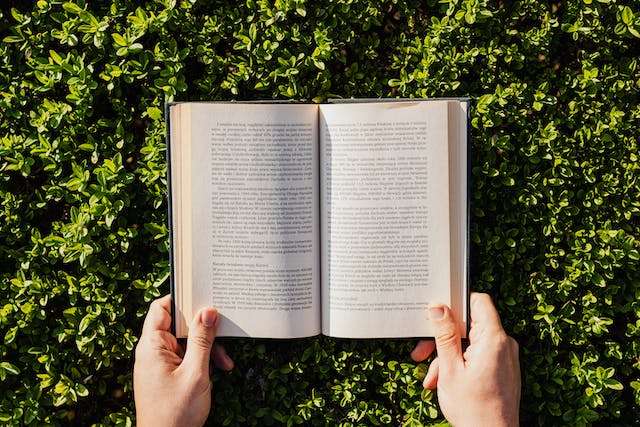Plot: The Blueprint of Narratives
Have you ever wondered what exactly makes a story intriguing? Why do some plots keep us on the edge of our seats while others fall flat? The key lies in understanding the distinction between plot and conflict. Plot gives a story structure and movement, but conflict generates suspense and drama and keeps readers invested in the outcome.
The Interplay Between Plot and Conflict
Simply put, the plot is the sequence of events that unfold in a story – it’s what happens. The conflict, on the other hand, refers to the challenges, problems, or obstacles that characters face as the story progresses. A plot can exist without conflict, but stories start to sing when characters are up against compelling forces of antagonism.
For example, the plot of a heist movie might involve a group of thieves carefully planning and executing a big bank job. But there’s yet to be substance there – we need conflict. That’s where the obstacles come in, like a last-minute change of plans, a rival gang trying to beat them to the score, or a dogged police detective hot on their trail. These conflicts raise the stakes and make us wonder if our characters will overcome to get what they want.
Examples in Literature and Film
In Planet Saviors, Raymond Hunter crafts an imaginative science fiction story that stimulates the mind and the imagination. Through Stella’s alien lens, he explores universal themes around cultural diversity, creativity, environmental protection, and questioning societal limitations.

A strong story has a central conflict and many other plot twists
The Significance of Plot and Conflict in Storytelling
The central conflict is usually presented up front in novels, plays, and films. Will Romeo and Juliet’s families ever accept their love? Can Atticus Finch prove an innocent man was wrongly accused? Will Luke Skywalker rescue the Princess and destroy the Death Star? These initial conflicts hook us into the characters’ struggles. Then, as the plot progresses, additional conflicts like misunderstandings, betrayals, or unexpected delays ramp up the drama and suspense.
Master storytellers understand that a steady escalation of conflict is critical to maintaining audience engagement. When our heroes conquer one hurdle, a more significant challenge emerges to keep them from reaching their goal. This ‘raising of stakes’ creates narrative momentum and leaves us needing to know how it turns out.
In a Nutshell
The plot gives a story shape, but conflict provides the emotion. A gripping plot with riveting challenges fuels our passion for seeing our favorite characters triumph despite the odds stacked against them. That’s the magic combination that keeps pages turning and butts glued to the edge of seats. The more engrossing the conflicts, the more profoundly we’ll feel a story’s impact.
Get Your Hands on Planet Saviors Today!
Planet Saviors skillfully blends imaginative world-building, captivating characters, and philosophical insights into an entertaining read. Both stimulating and uplifting, Raymond Hunter invites us to contemplate our shared potential and will stay with readers long after the last page.
Order your copy now!




